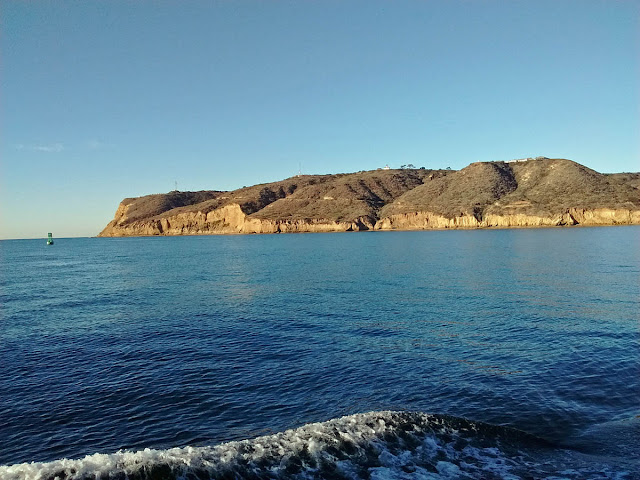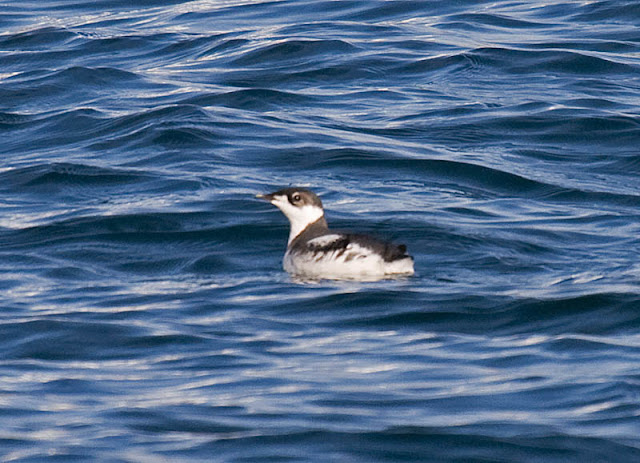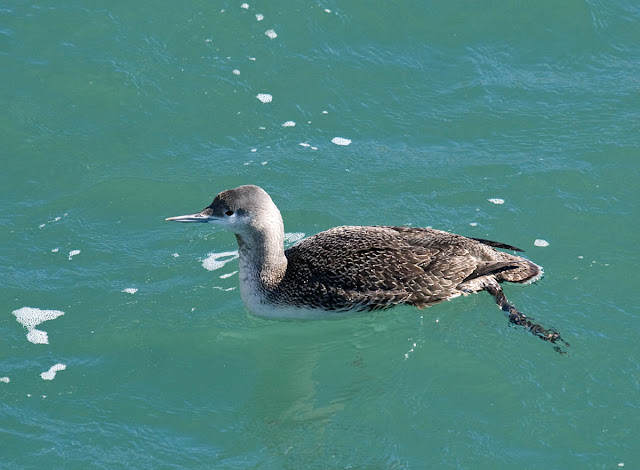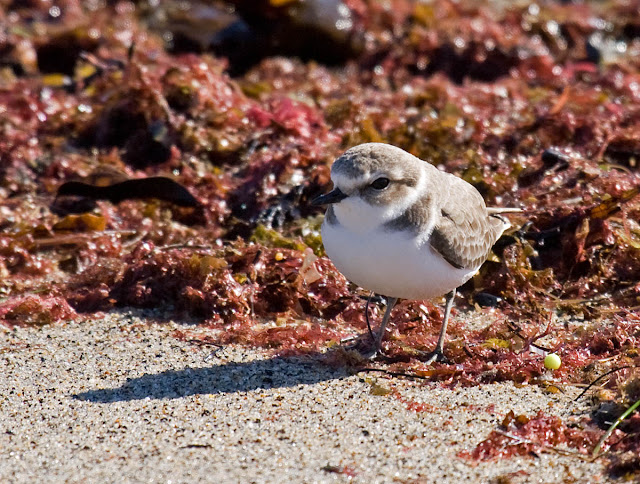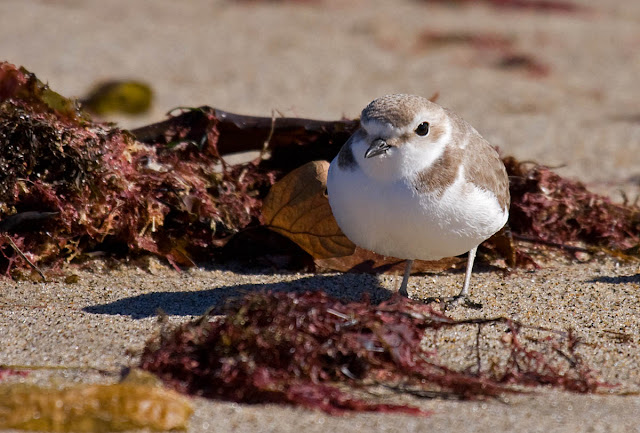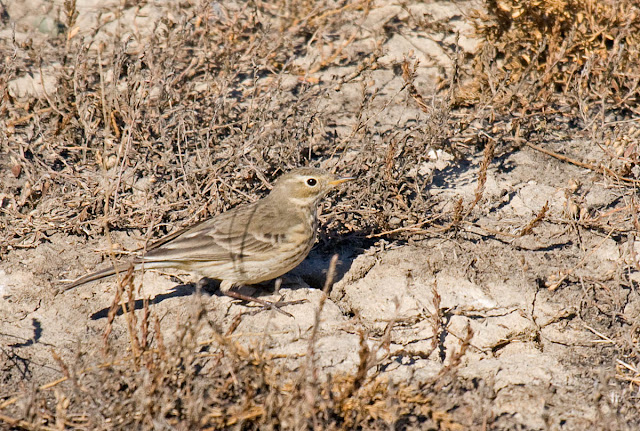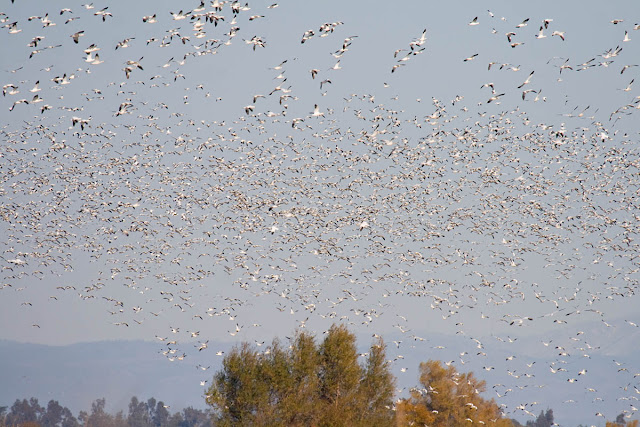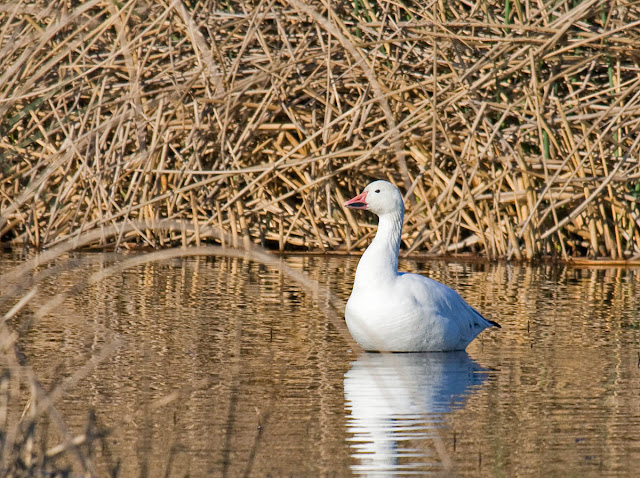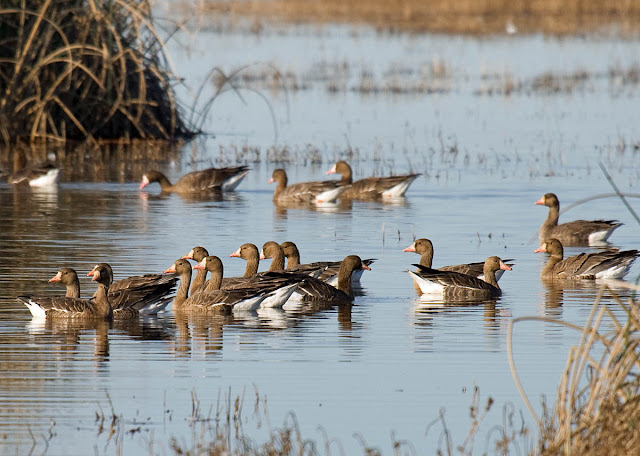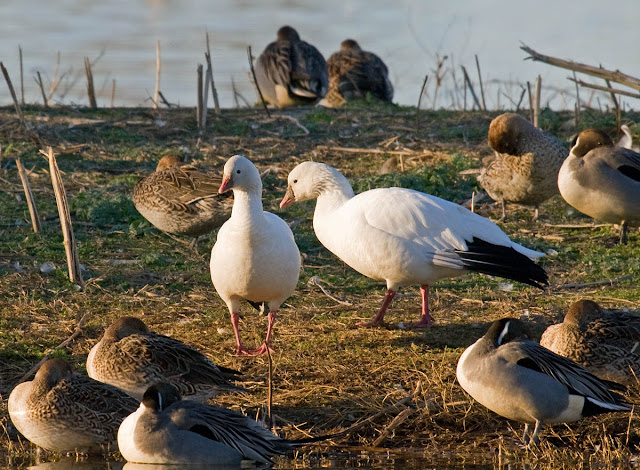The 1966 TV series
Star Trek depicted human space travel and technology in the 23rd century (the year 2265). Many of the futuristic items depicted as in use 200 years hence have already been invented in the past 50 years. In fact, some of what we have today is better than that imagined for 150 years from now!
Beam me up
No, we don't have any means of travel where we're disassembled, atom-by-atom, and then reassembled instantaneously somewhere else. Thank goodness! And, while faster-than-light travel may theoretically be possible according to some theories of the nature of the universe, it is equally likely that it is truly not possible. This, of course, ruins instantaneous space travel and communication across vast distances that is necessary for space opera fiction.
But nearly every other technological advance envisioned by
Star Trek 50 years ago has already come true, at least in part.
 |
| Photo credit: treknews.net |
Tricorder, communicator, universal translator, computer, all rolled into one
Your cell phone in 2015 with its myriad of apps has far more features than the
Enterprise crew members had available in the year 2265. In fact, your cell phone is smaller, more sleek and useful than the communicator depicted in
Star Trek in 1966. The first cellular telephone came out in 1973 and weighed 2-1/2 pounds!
In 1966 computers took up entire rooms.
Star Trek depicted tablet computers with stylus! In 1977, Radio Shack released the TRS-80 personal computer. By 2010 tablet PC's were becoming ubiquitous with many more features than those envisioned in
Star Trek.
A humorous scene in the 1986 movie
Star Trek IV: The Voyage Home had the Enterprise crew go back in time to 1986. There Scotty tried trying to talk to an Apple Computer,
"Hello, Computer." Talking to our computer no longer seems silly. Today, we command the computer in our "telephone" by voice or keypad.
There is a Google voice search bar on Android phones (Siri for iOS). You speak to it, it answers back in voice and text. Try asking (speaking) these Google queries of your phone:
- How far away is Wolf 359?
- How do you say 'Where is the spaceship?' in Spanish?
- Who is Mr. Spock?
- Where am I?
Navigation computer on the
Enterprise? Map apps on our phone or in our vehicles have spoken navigation. And they are getting better at accurately directing you. One of my early map navigation app's favorite phrase was:
"In 600 feet make a U-turn." Not the same? There are free apps for your phone that allow you to point your phone at the night sky and the app will identify the stars, planets, and constellations for you.
This is true science fiction: not only predicting possible future technologies, but actually helping to define them. I'm not saying that we wouldn't have cell phones without
Star Trek, but that 1966 TV show and subsequent shows and films helped people visualize what
could be. In that way, I believe
Star Trek "hurried" and refined these future devices, creating acceptance and even demand. Today's cell phones would likely be different without
Star Trek.




